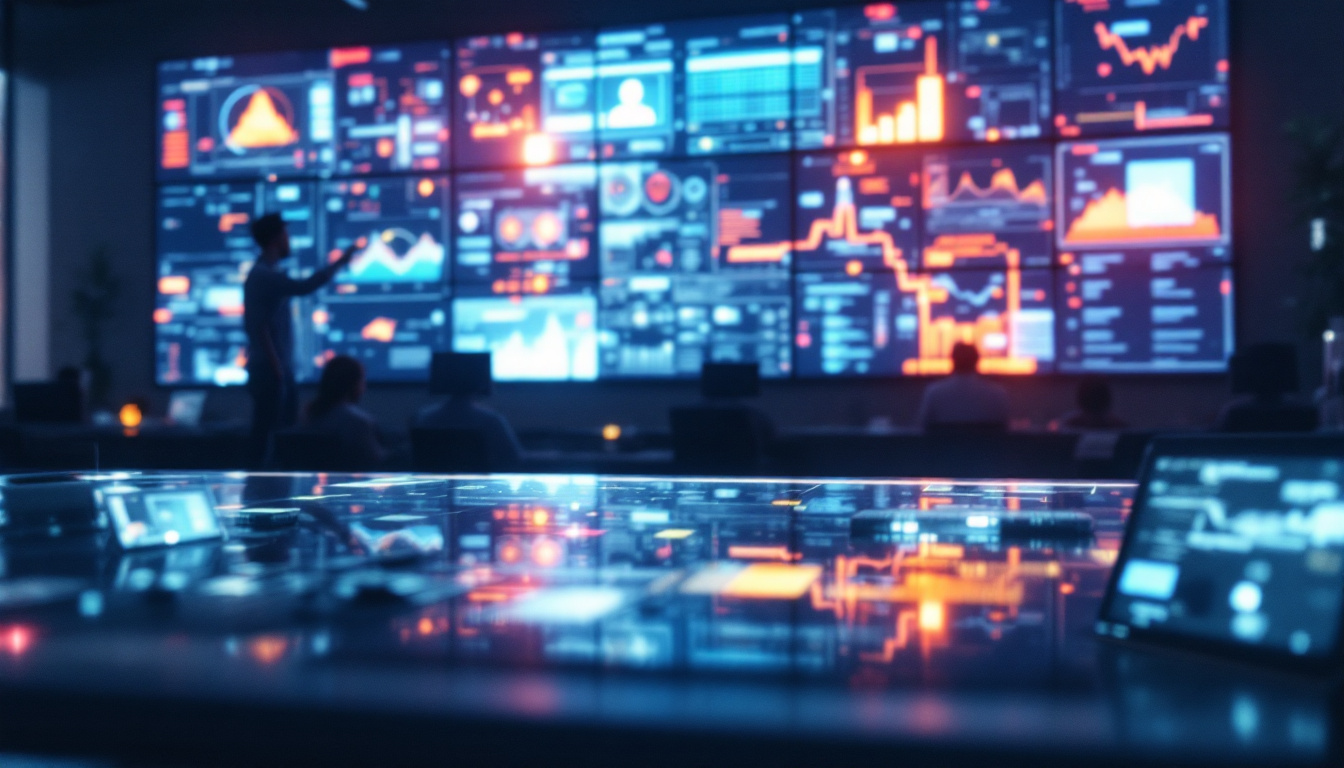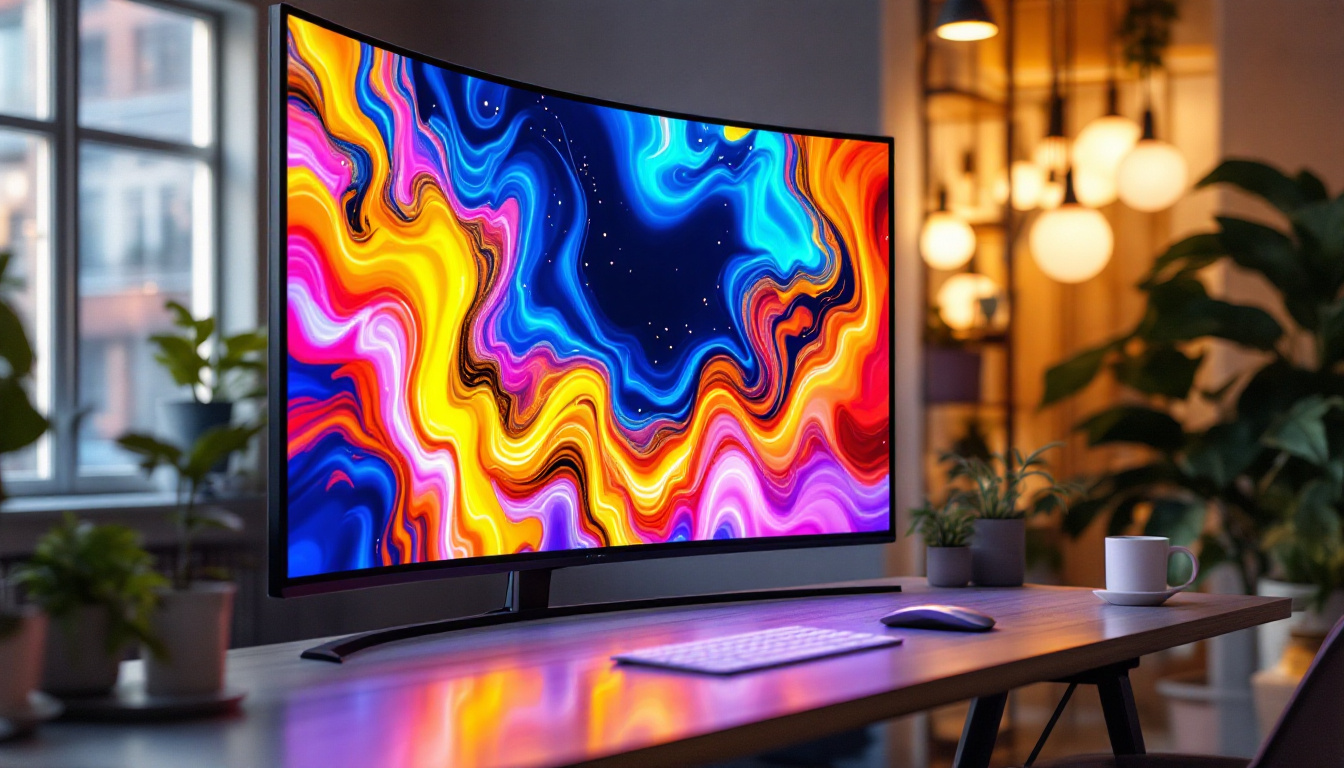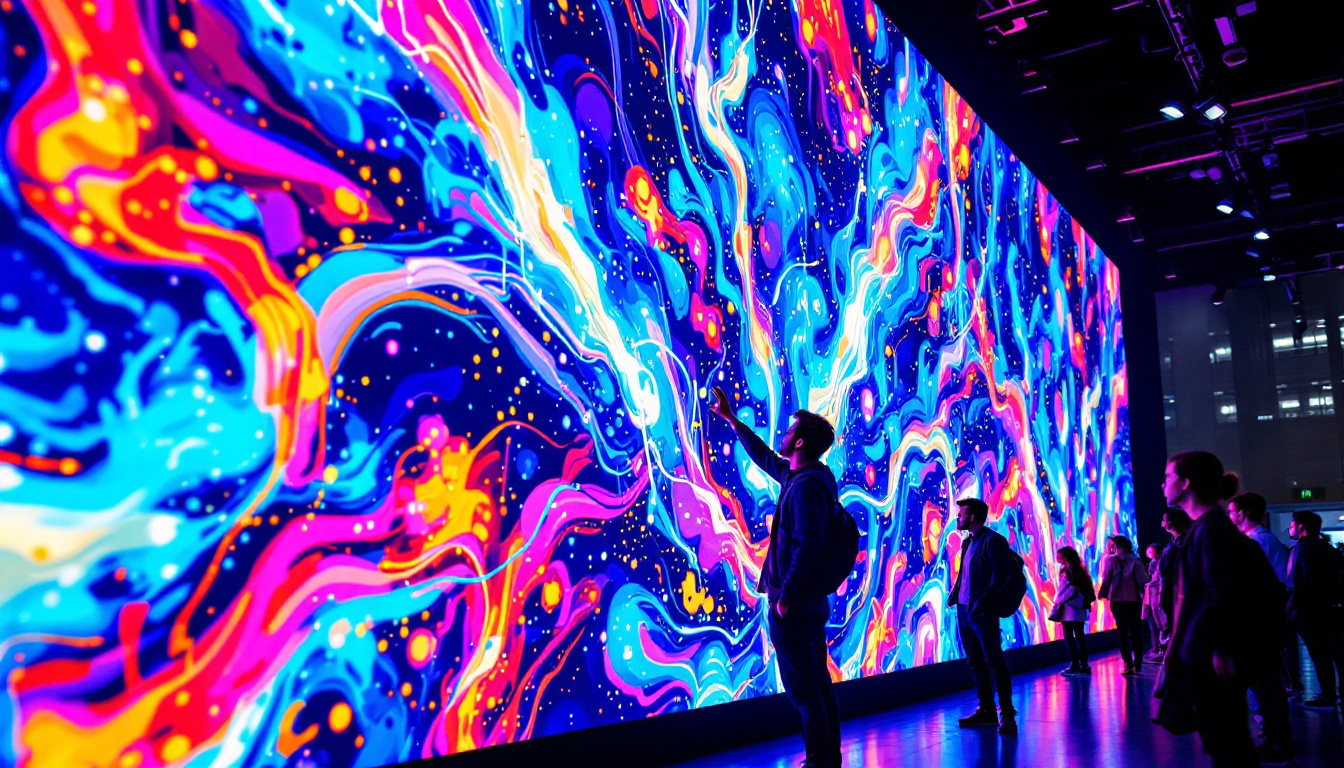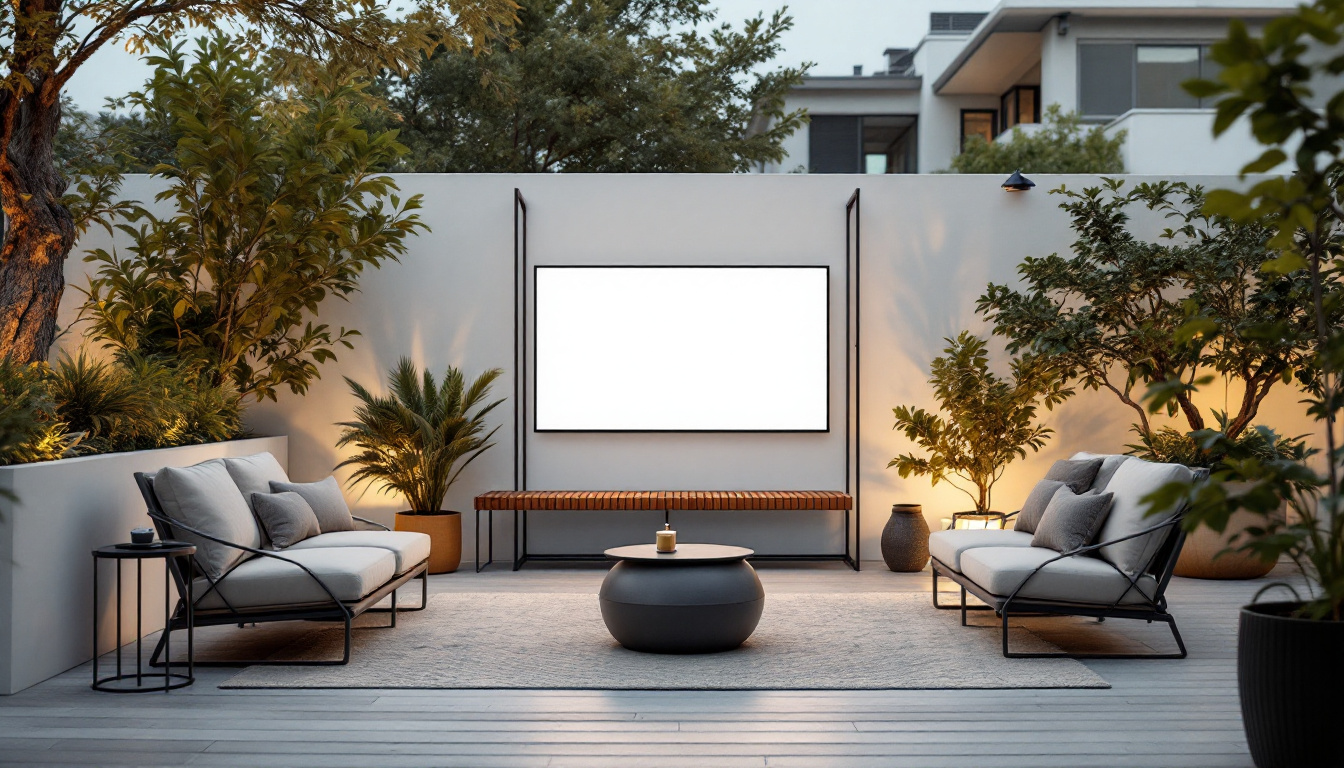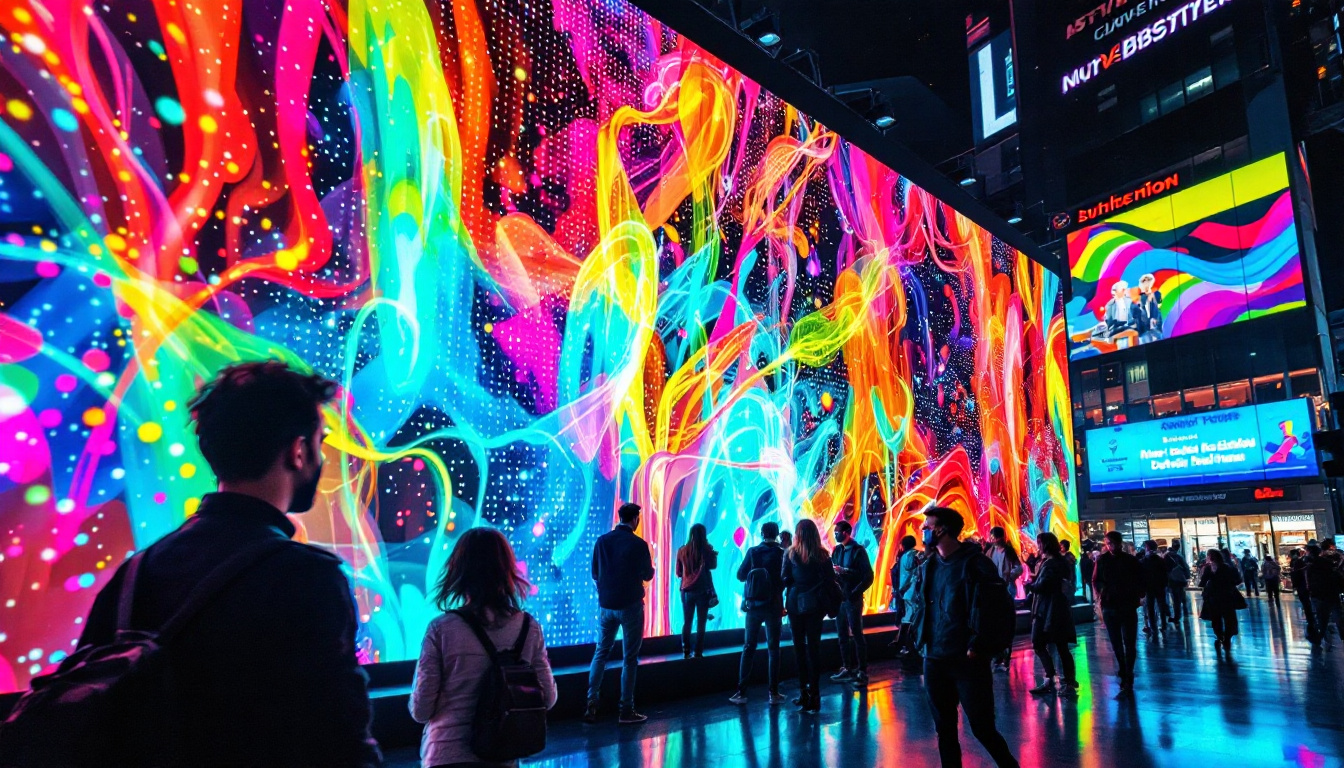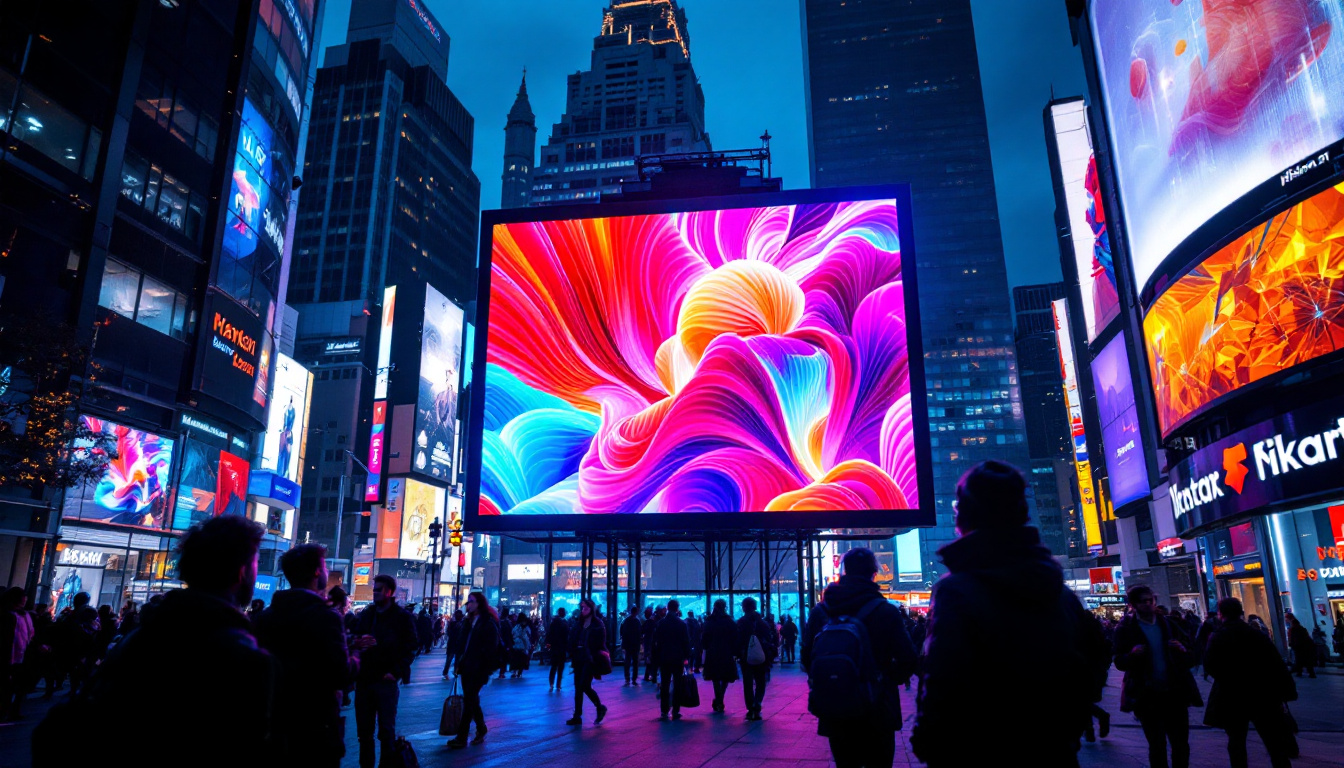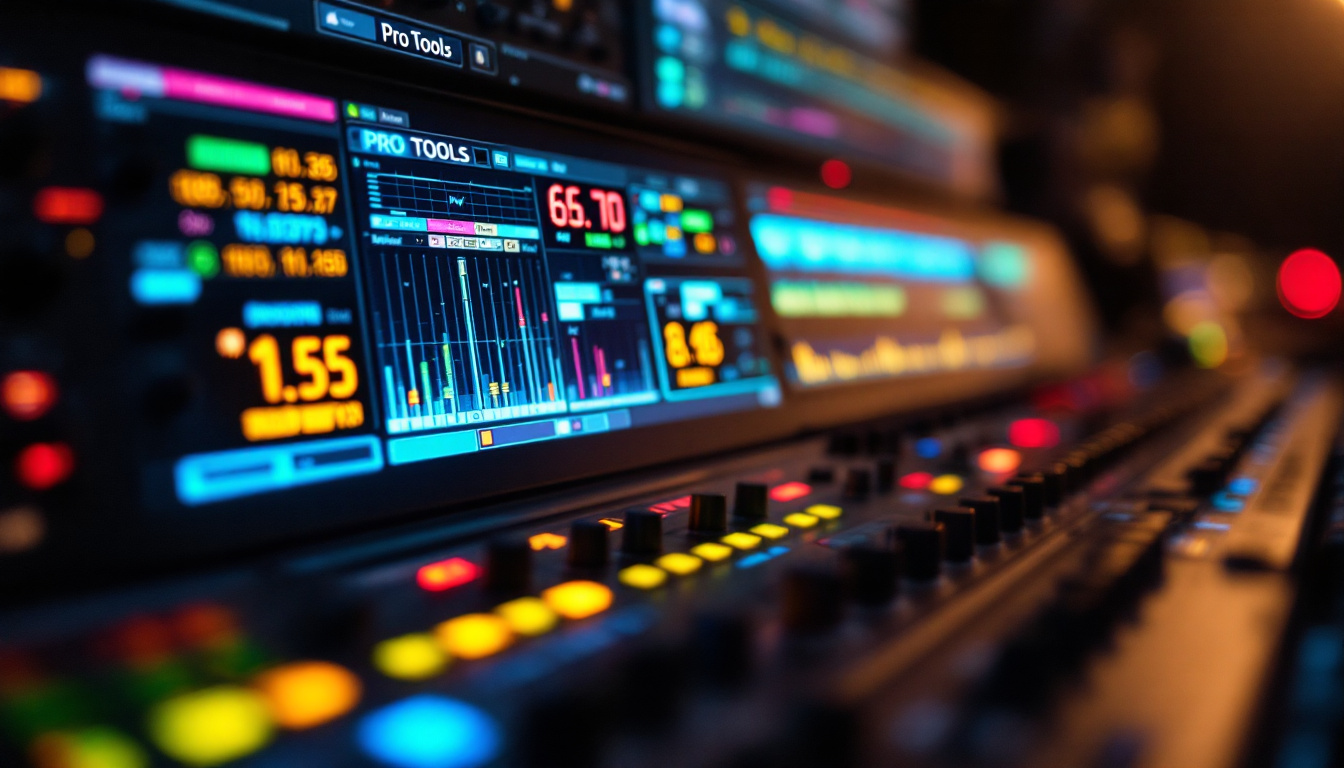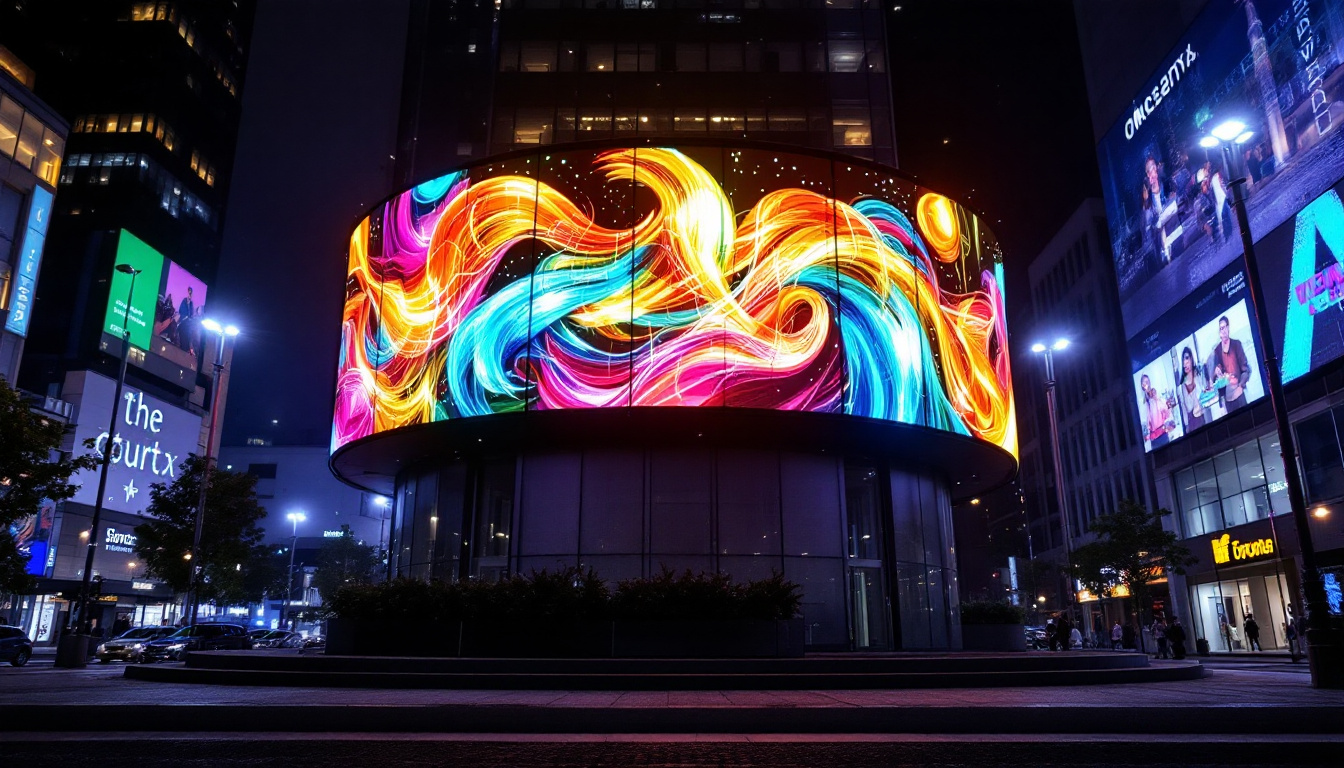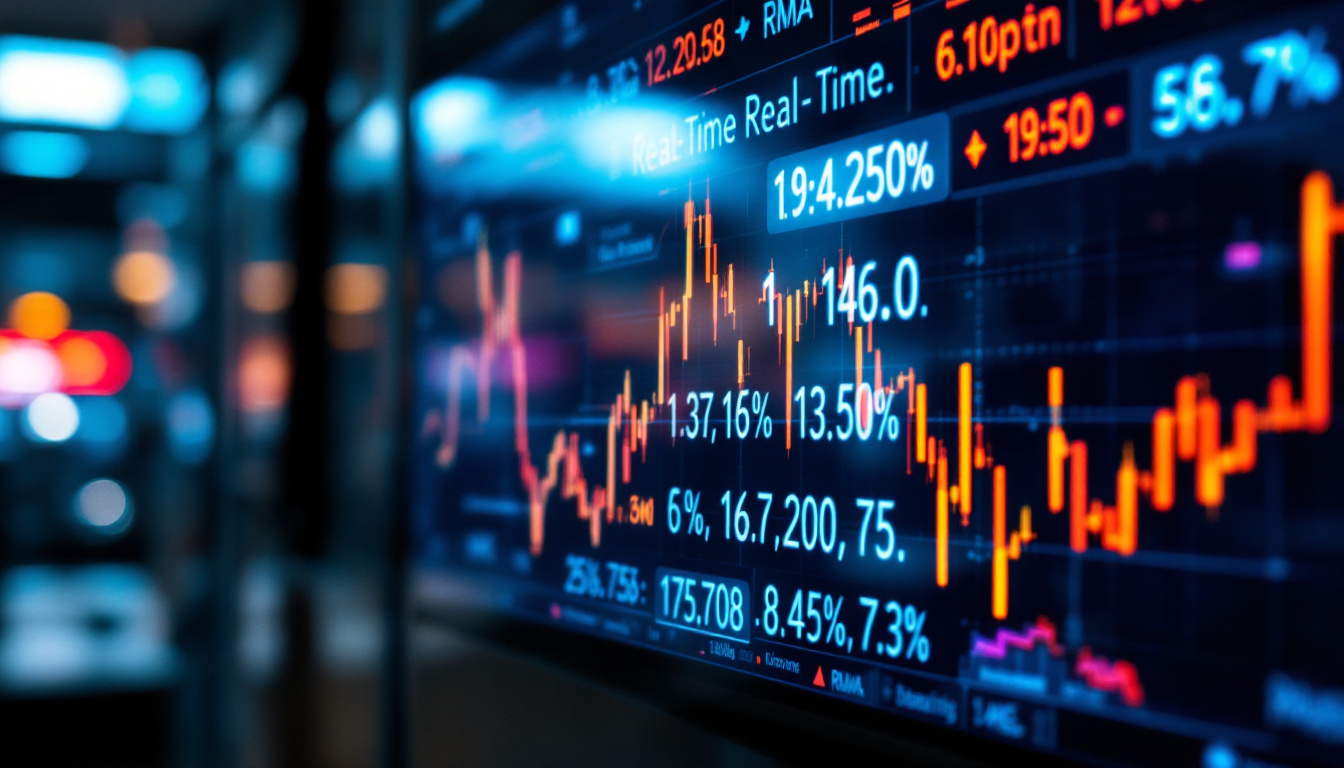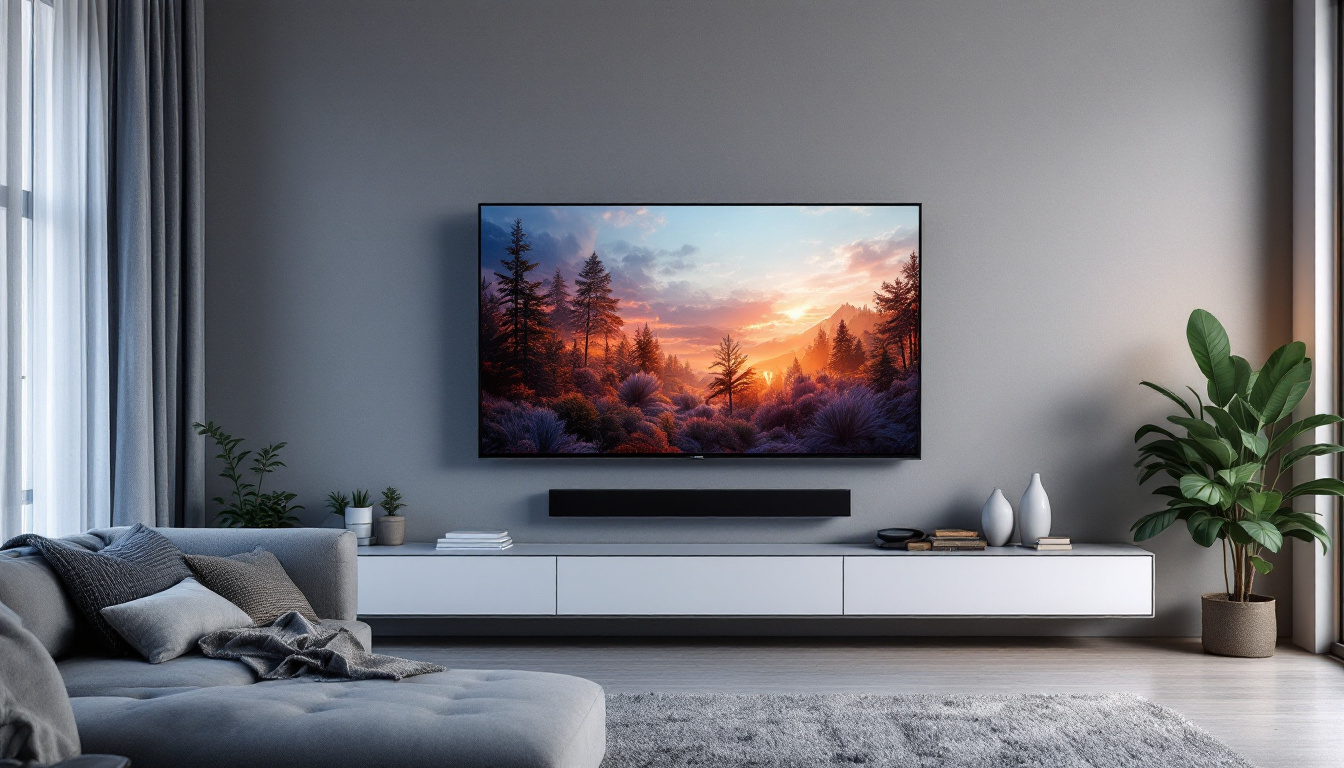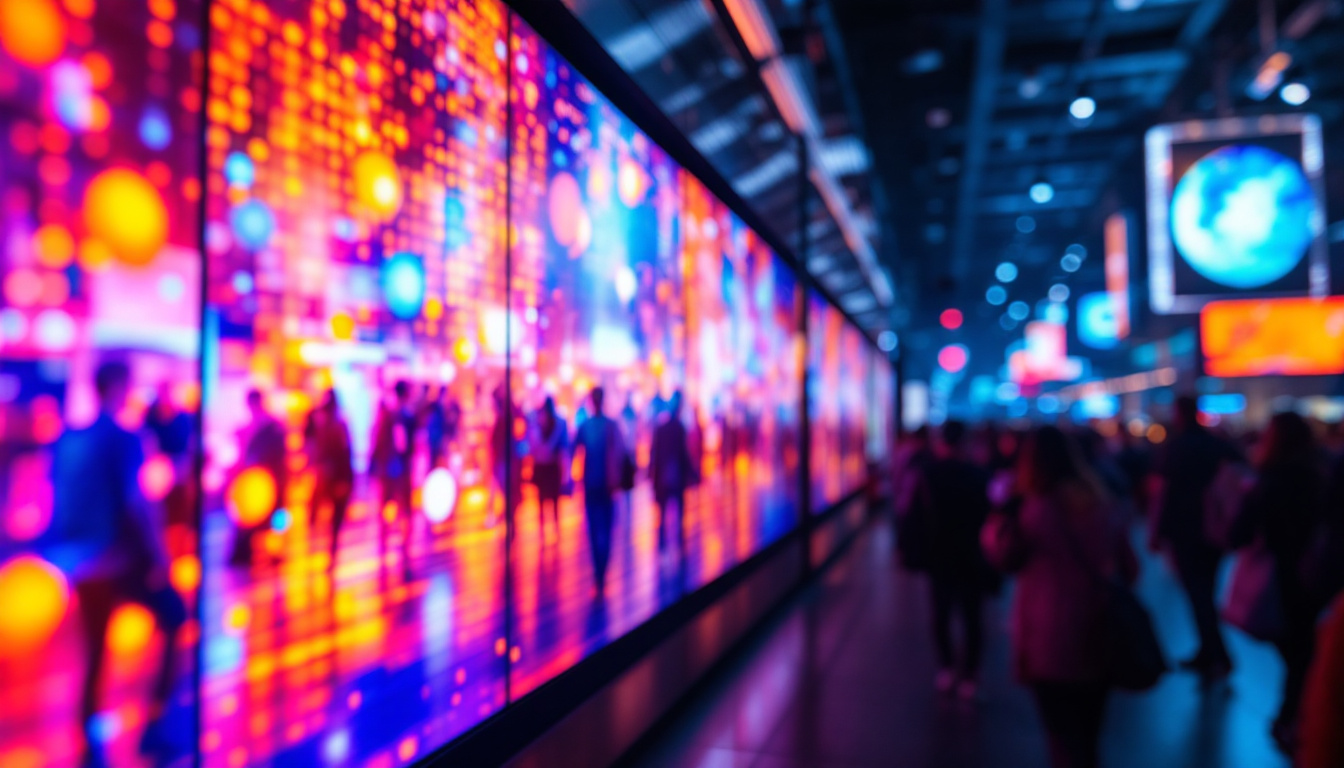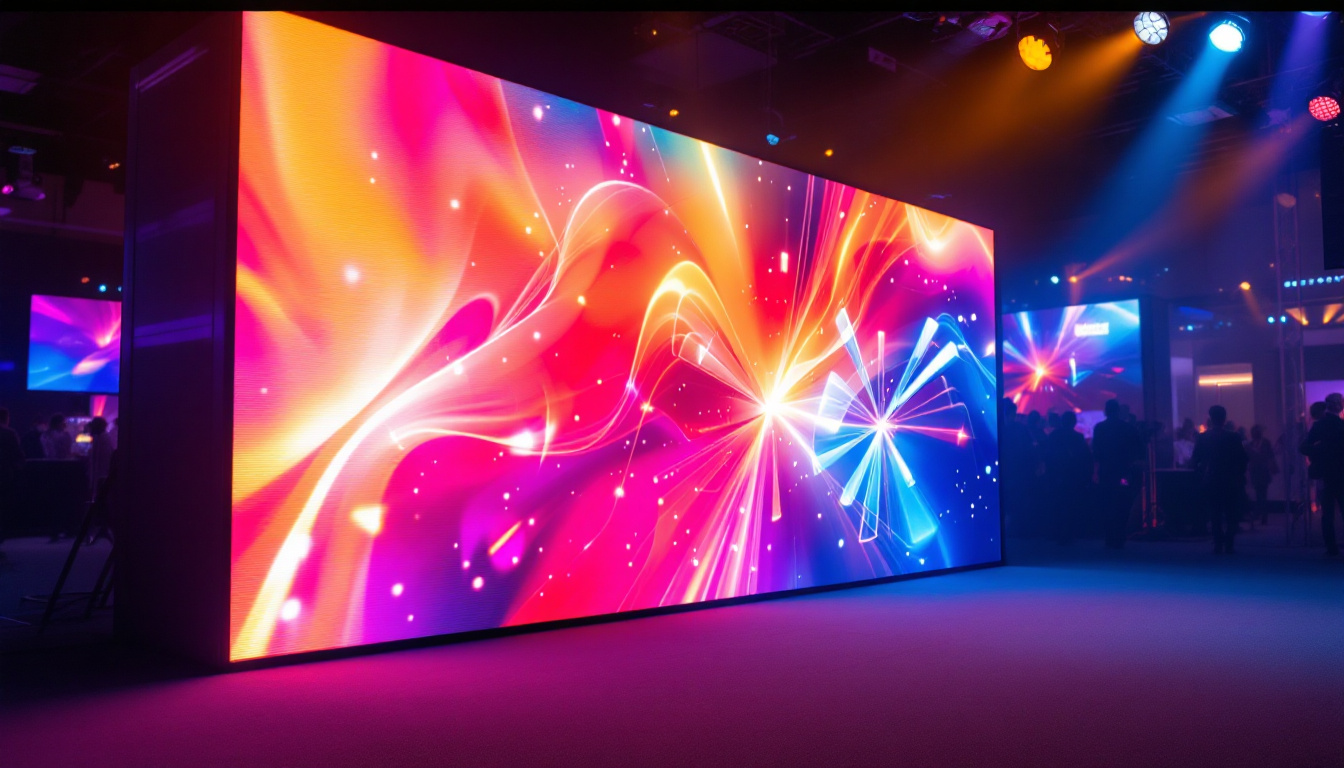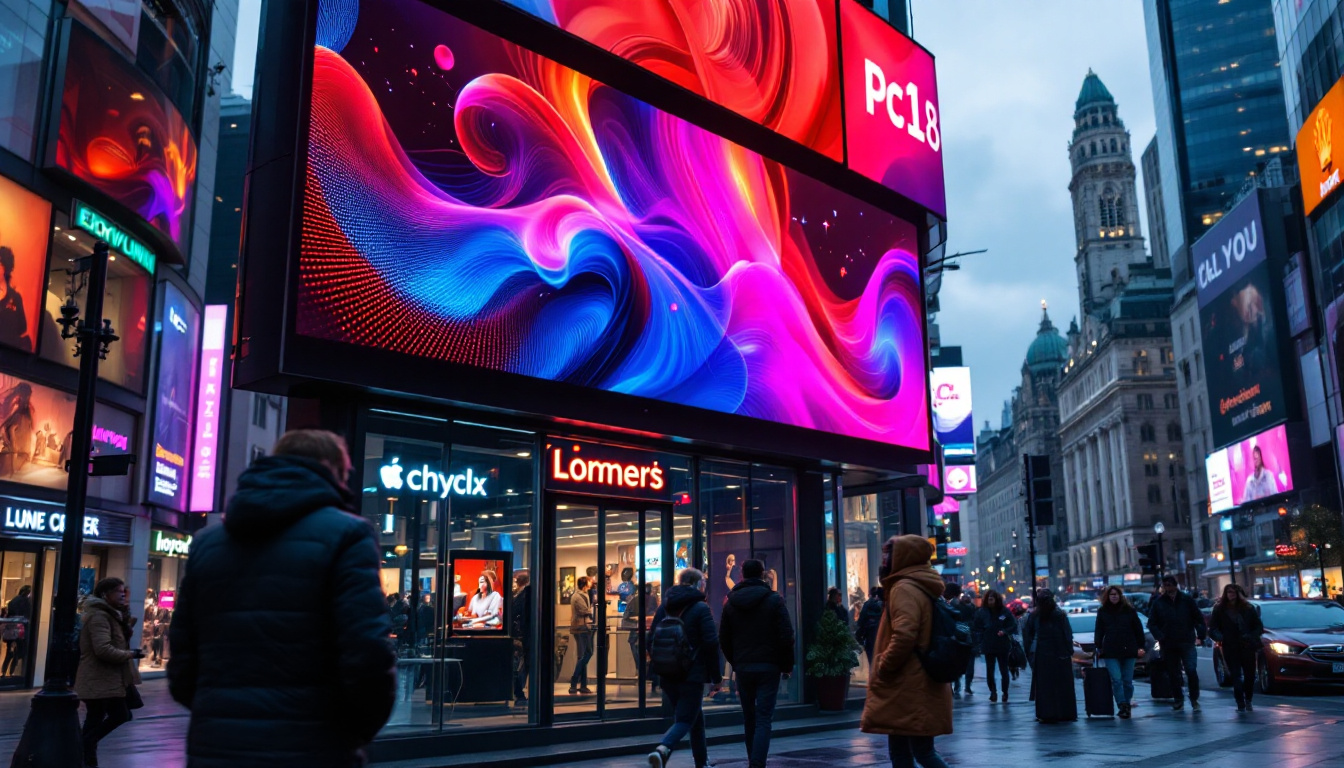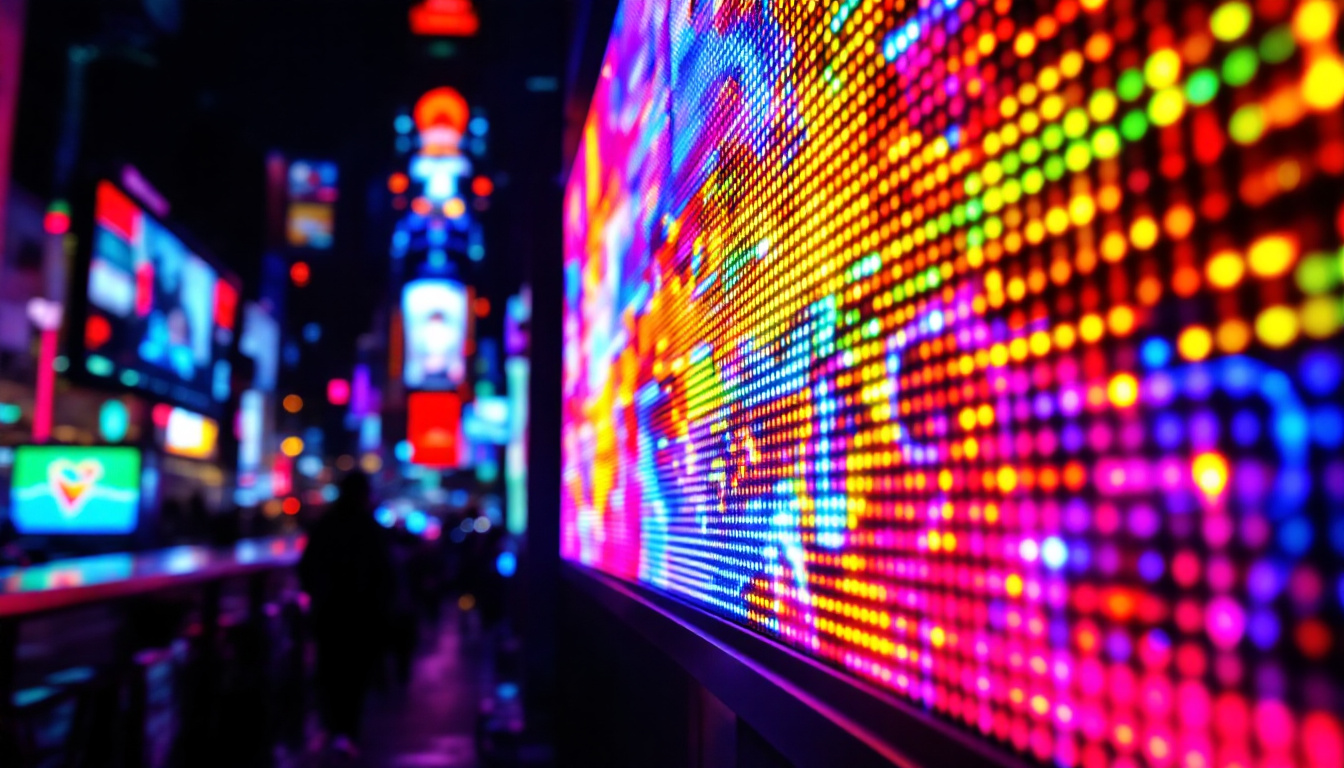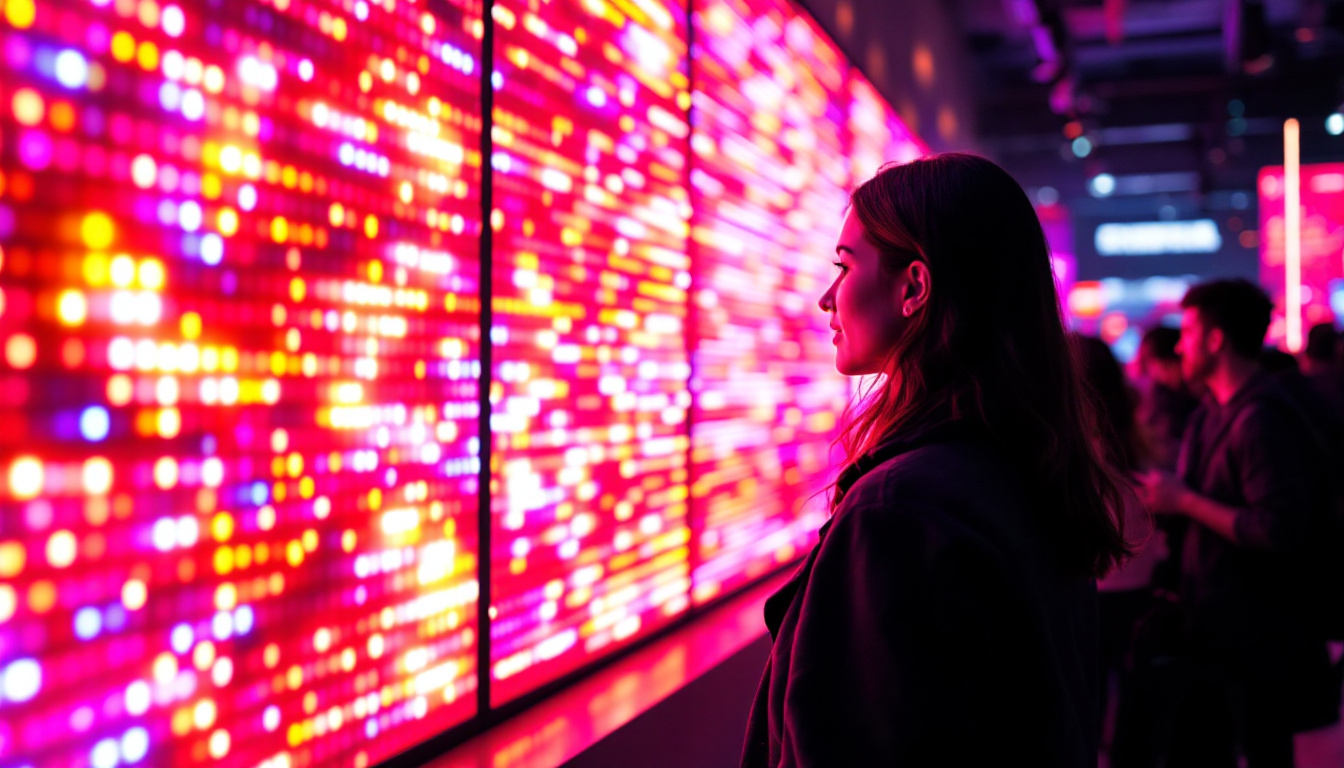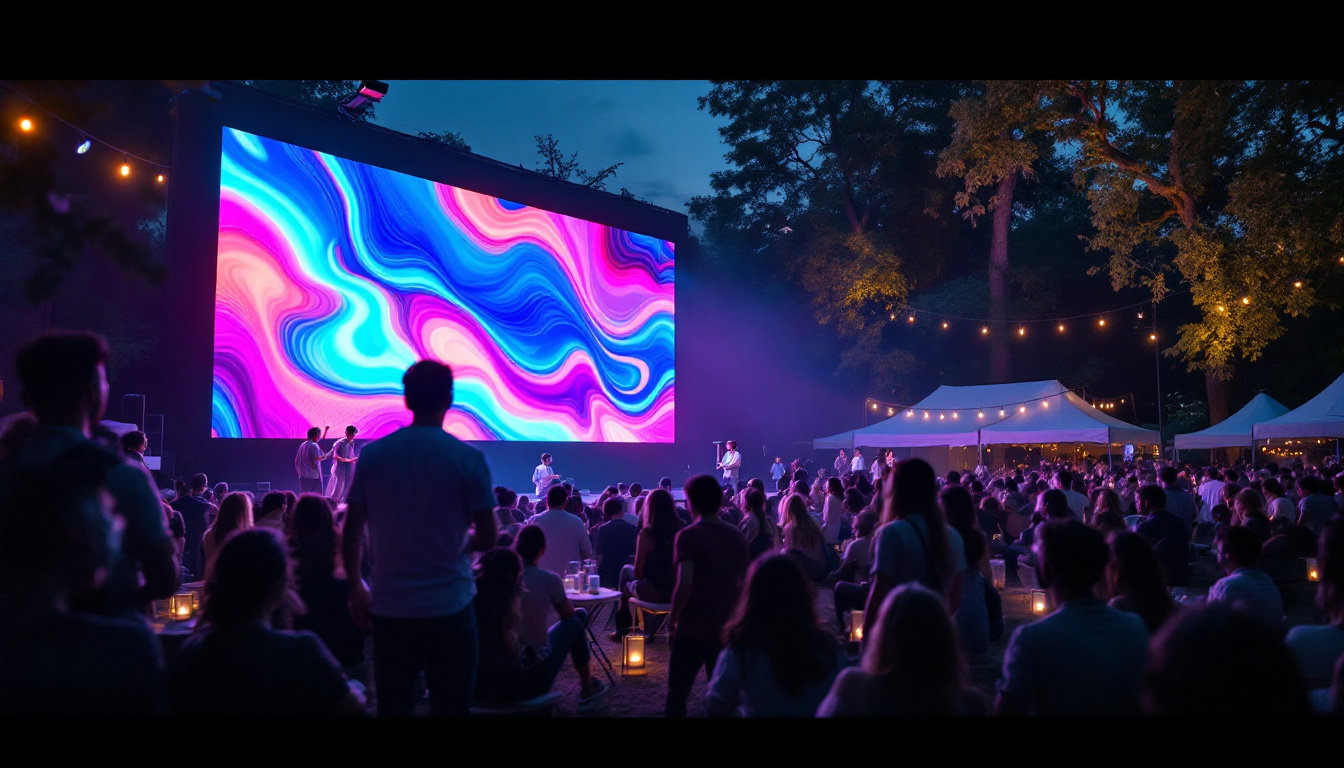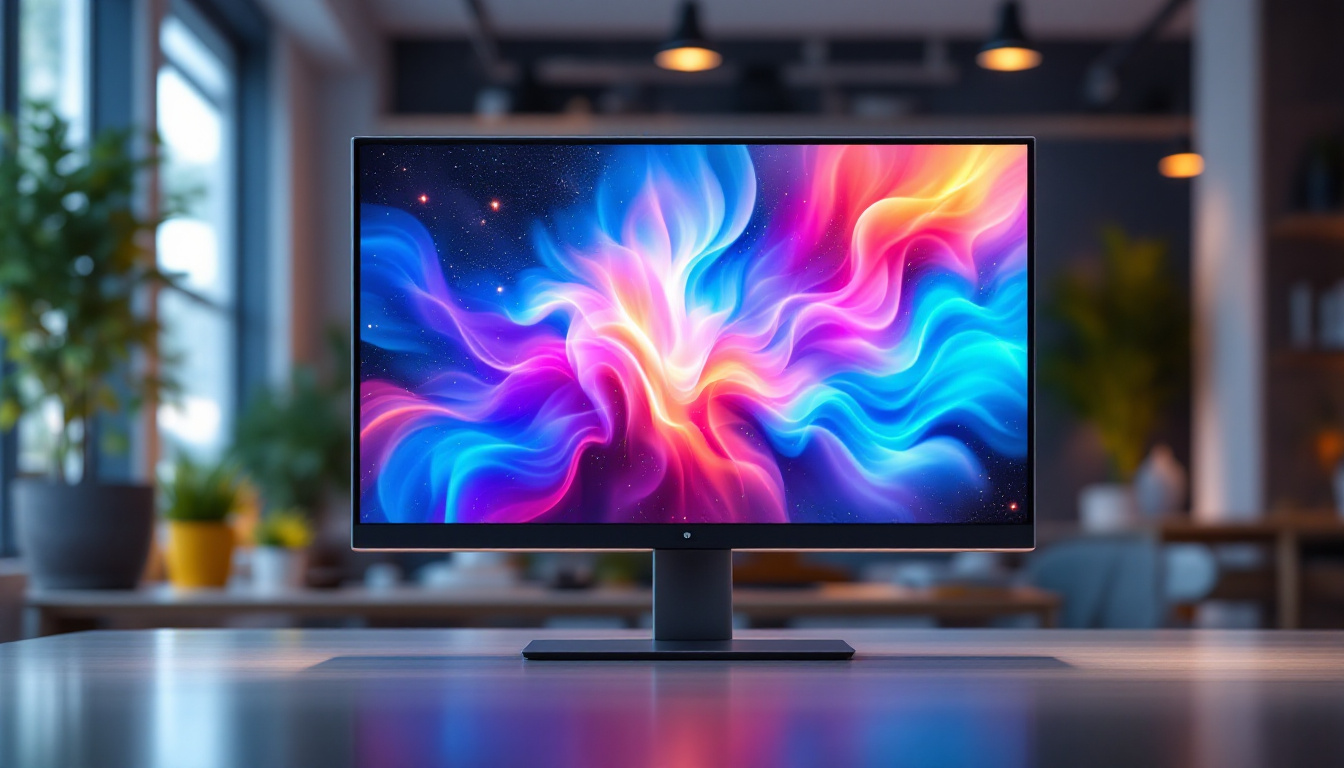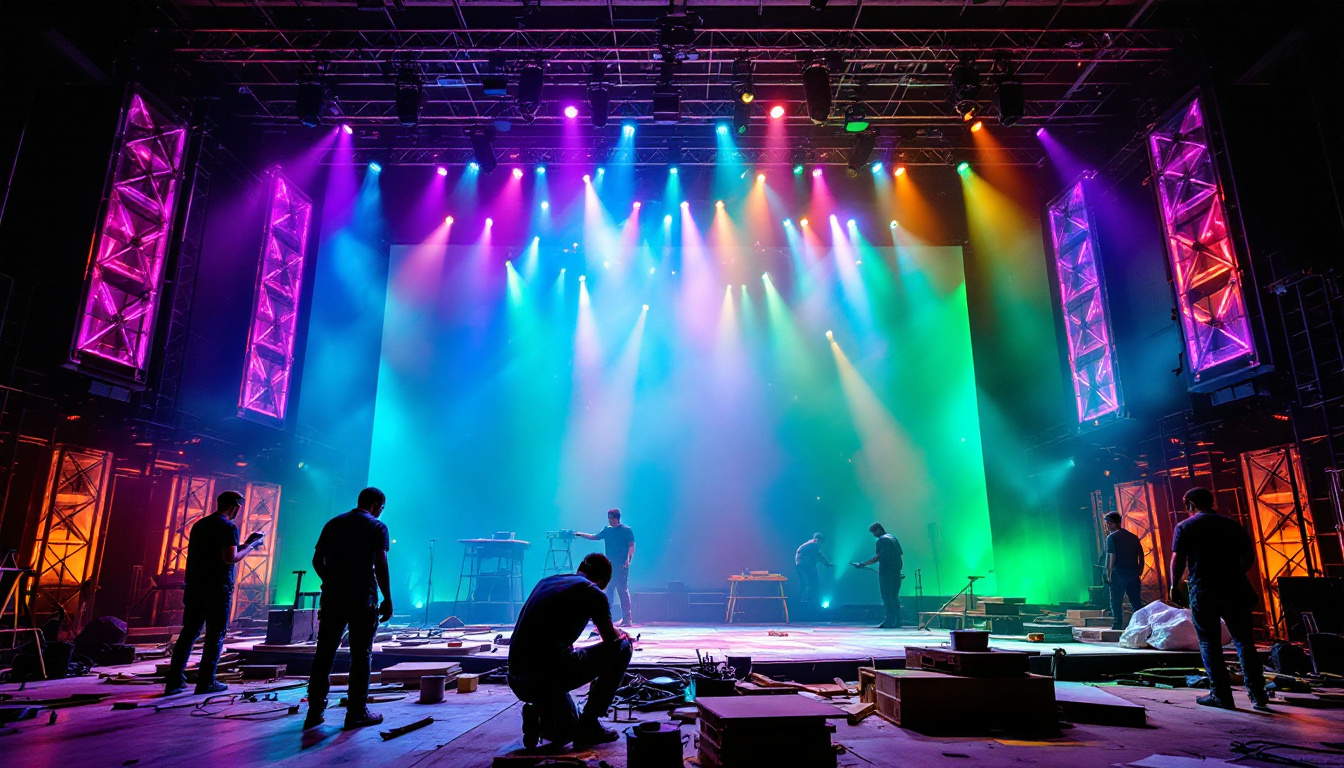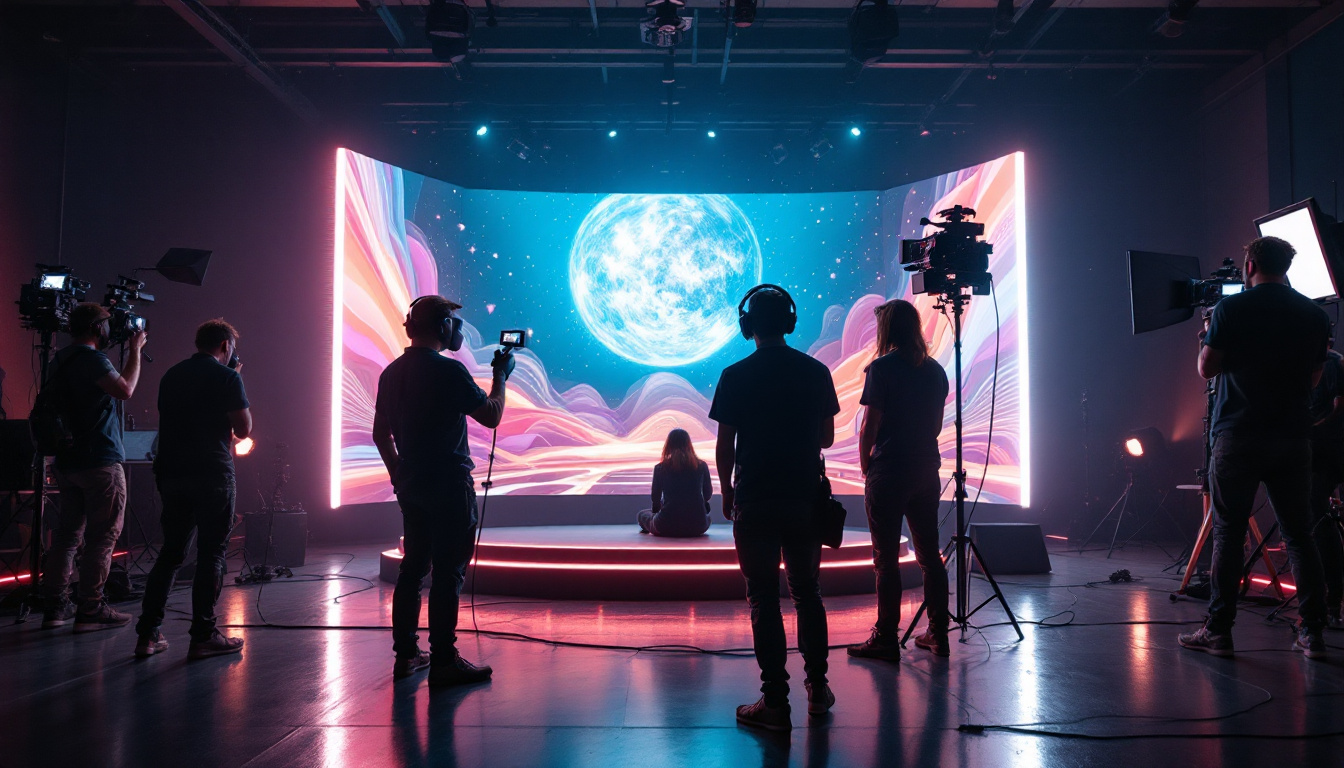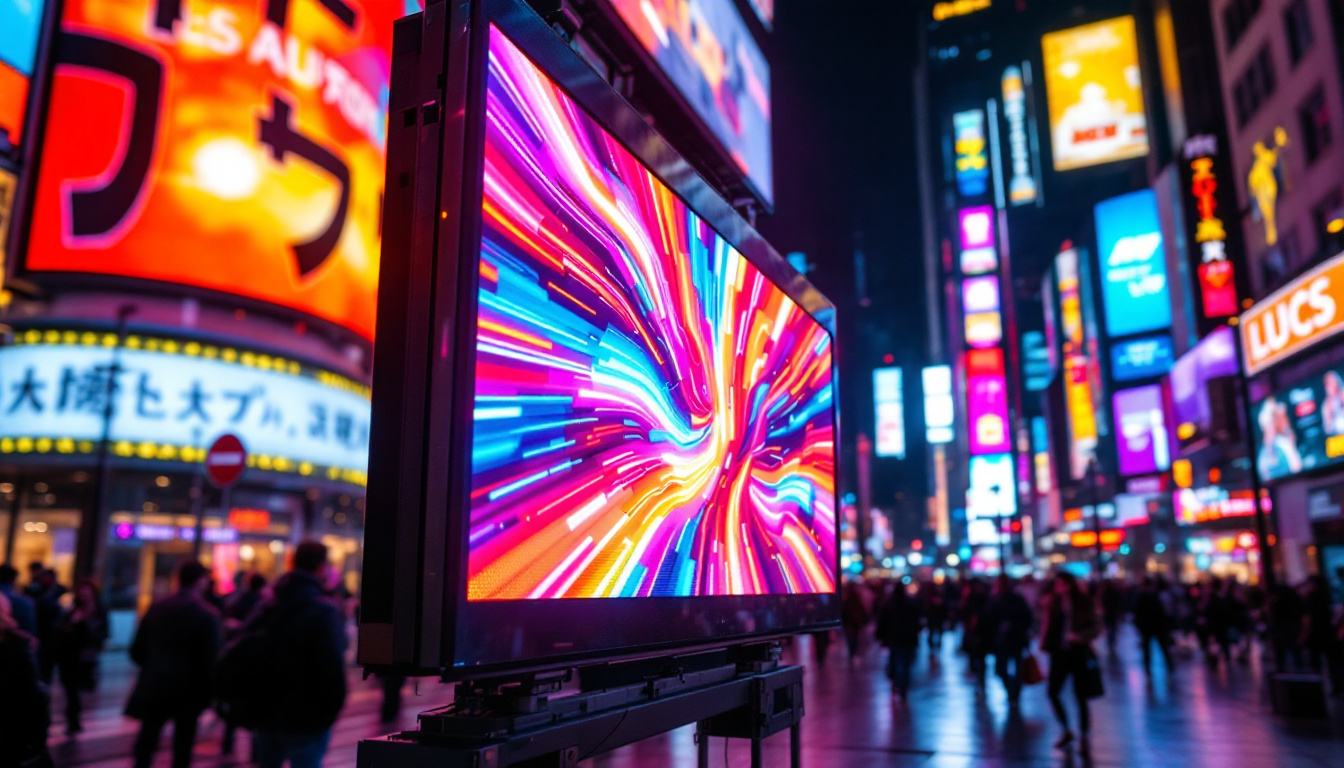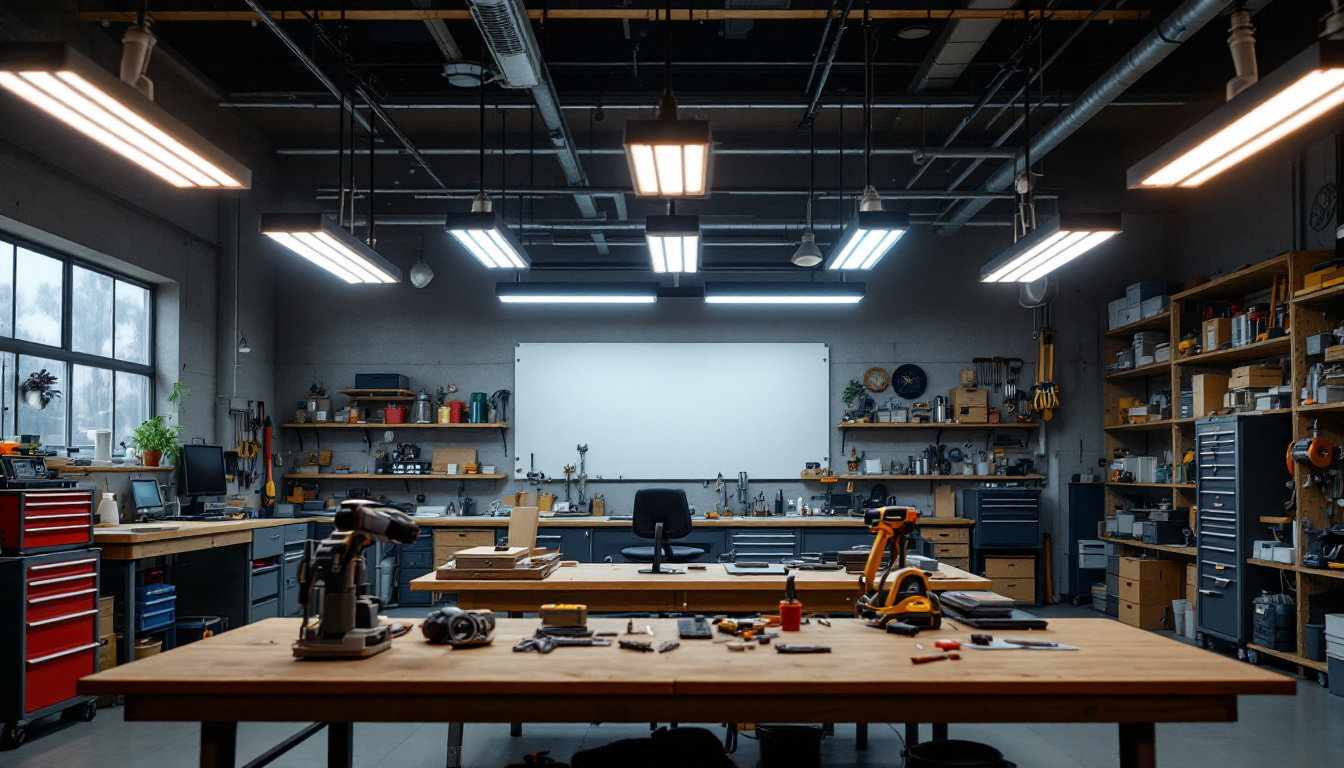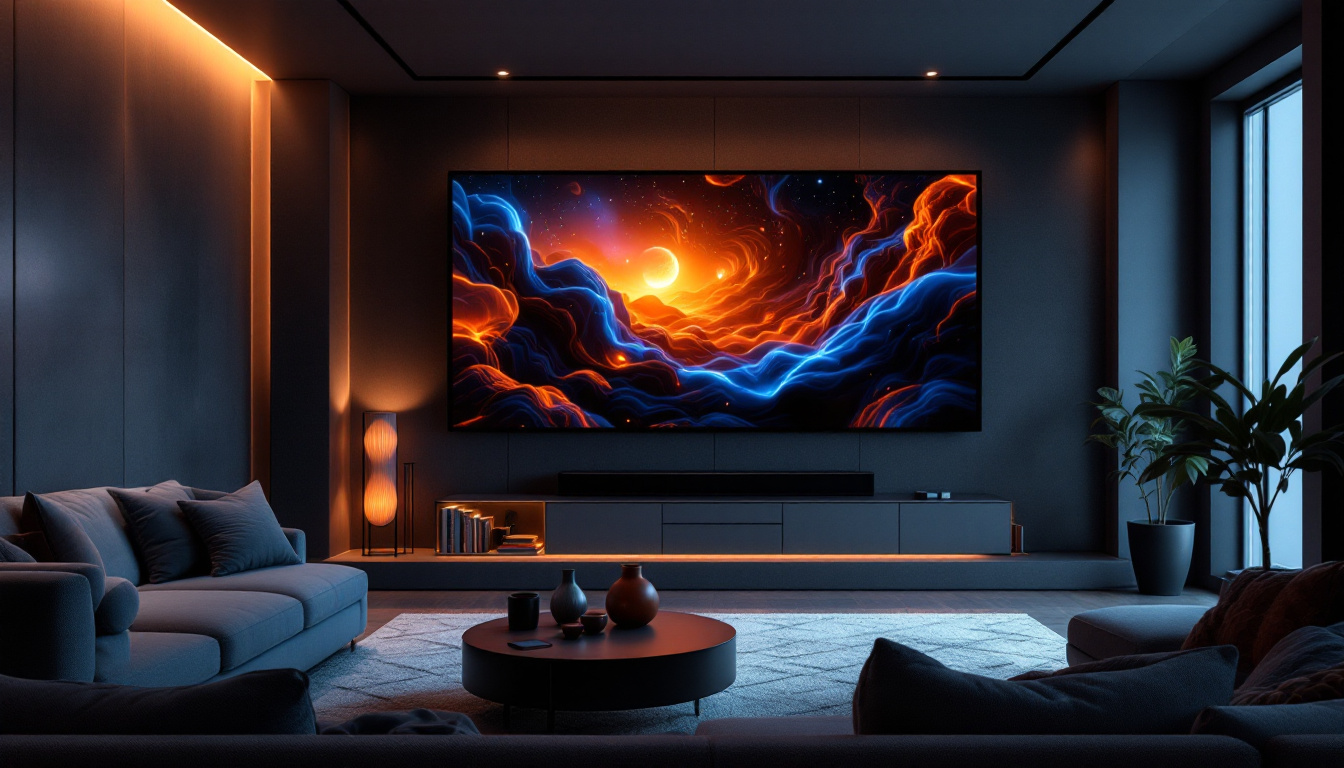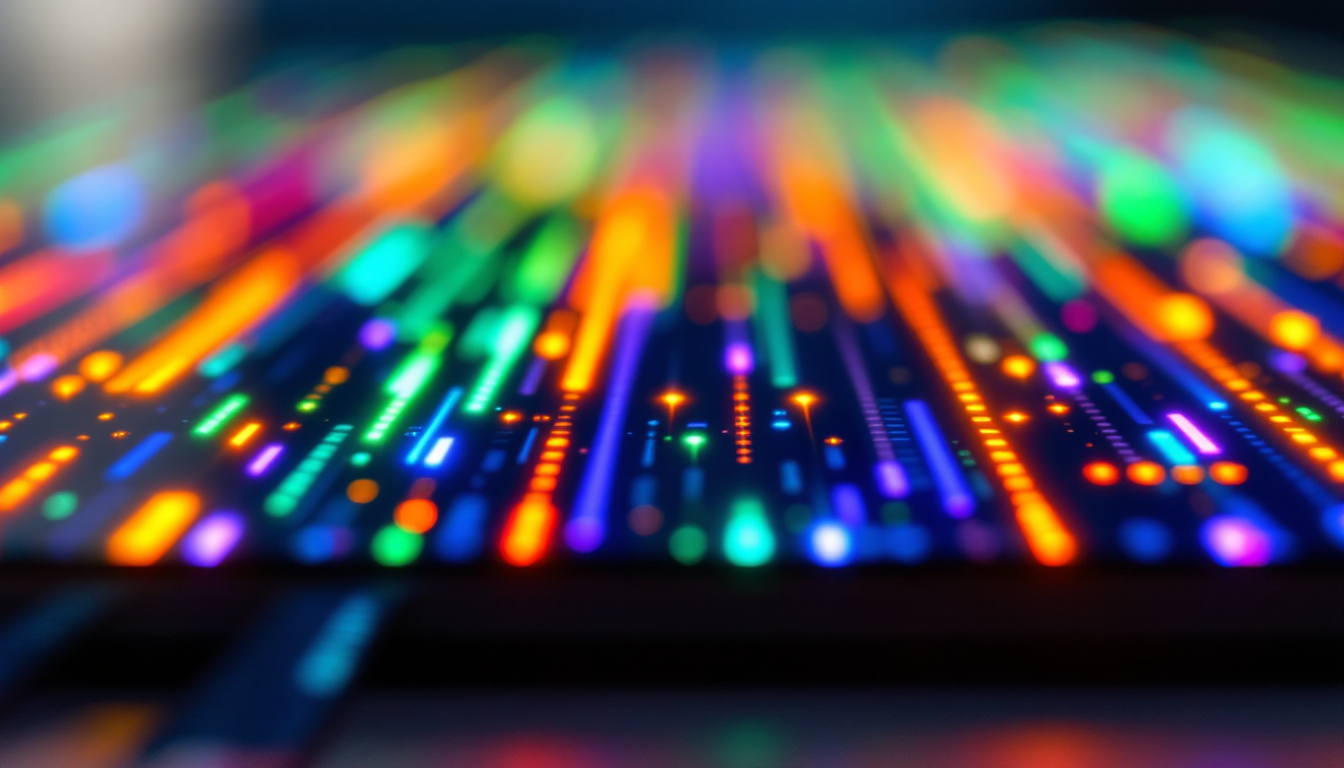In today’s fast-paced world, control rooms play an essential role in monitoring, managing, and responding to critical situations across various industries. The integration of advanced technologies, particularly LED displays, has transformed how information is presented and processed in these environments. This article delves into the intricacies of LED display installations in control rooms, exploring their benefits, components, and best practices.
Understanding Control Room Displays
Control rooms serve as the nerve centers for operations in sectors such as transportation, energy, security, and telecommunications. The primary function of these rooms is to provide operators with real-time data visualization, enabling quick decision-making and efficient management of resources. The design and functionality of control rooms have evolved significantly over the years, adapting to the increasing complexity of operations and the need for more integrated systems. As technology advances, control rooms are becoming more sophisticated, incorporating advanced software and hardware solutions that enhance their operational capabilities.
The Role of LED Displays
LED displays have emerged as a popular choice for control room installations due to their superior brightness, clarity, and energy efficiency. Unlike traditional display technologies, LED screens maintain high visibility even in brightly lit environments, ensuring that critical information is always accessible. This characteristic is particularly important in control rooms that operate 24/7, where lighting conditions can vary dramatically throughout the day and night.
Moreover, LED displays can be configured in various sizes and shapes, allowing for flexible installations that cater to the specific needs of a control room. This adaptability is crucial in environments where space is limited or where multiple data sources need to be monitored simultaneously. For instance, a control room in a transportation hub might utilize a large, curved LED wall to present a panoramic view of real-time traffic data, while a security operations center might opt for a modular setup that can be easily reconfigured as new threats emerge or priorities shift.
Key Features of LED Displays
Several features make LED displays particularly suited for control rooms. One of the most significant advantages is their high resolution, which enables the display of detailed graphics and text. This clarity is essential for operators who must interpret complex data quickly and accurately. In high-stakes environments, where every second counts, the ability to discern fine details can make a critical difference in response times and operational efficiency.
Additionally, LED displays offer wide viewing angles, ensuring that information is visible from various positions within the control room. This feature is particularly beneficial in collaborative environments where multiple operators may need to view the same data simultaneously. Furthermore, many modern LED displays come equipped with advanced features such as touch interactivity and multi-screen capabilities, allowing operators to engage with the data in real-time and manipulate visualizations to suit their specific needs. These enhancements not only improve the user experience but also foster a more dynamic and responsive operational environment, where teams can work together seamlessly to address challenges as they arise.
Benefits of LED Displays in Control Rooms
The advantages of integrating LED displays into control room installations extend beyond mere aesthetics. These benefits encompass operational efficiency, cost savings, and enhanced communication.
Operational Efficiency
One of the primary benefits of LED displays is their ability to improve operational efficiency. By providing real-time data visualization, operators can quickly assess situations and make informed decisions. This immediacy can be critical in emergency scenarios where time is of the essence.
Furthermore, LED displays can be programmed to show multiple data streams simultaneously, allowing operators to monitor various metrics without the need for additional screens. This consolidation reduces clutter and enhances focus, leading to improved performance.
Cost-Effectiveness
While the initial investment in LED technology may be higher than traditional display options, the long-term cost savings are substantial. LED displays have a longer lifespan and lower energy consumption, which translates to reduced maintenance and operational costs over time.
Additionally, the versatility of LED displays means that they can be repurposed or upgraded as technology evolves, providing a future-proof solution for control room installations. This adaptability minimizes the need for frequent replacements, further enhancing cost-effectiveness.
Enhanced Communication
Effective communication is vital in control rooms, where teams must collaborate to manage complex situations. LED displays facilitate this communication by providing a shared visual reference point for all operators. This shared understanding fosters teamwork and ensures that everyone is on the same page.
Moreover, the ability to customize content on LED displays allows for tailored messaging that can be adjusted based on the specific needs of the control room. Whether displaying alerts, performance metrics, or operational updates, LED displays enhance the flow of information and improve situational awareness.
Components of an LED Display System
Installing an LED display system in a control room involves several key components, each playing a crucial role in the overall functionality of the setup. Understanding these components is essential for effective installation and operation.
Display Panels
The most visible component of an LED display system is the display panels themselves. These panels consist of numerous individual LED modules that work together to create a cohesive image. The resolution and pixel pitch of the panels determine the clarity and detail of the displayed content.
When selecting display panels, it is essential to consider the viewing distance and the specific requirements of the control room. Higher resolution panels are typically necessary for close viewing, while lower resolution panels may suffice for larger viewing distances.
Video Processing Units
Video processing units (VPUs) are responsible for managing the content displayed on the LED panels. These units take input from various sources, such as cameras, sensors, and data feeds, and process this information to ensure smooth and accurate representation on the screens.
Advanced VPUs can handle multiple input sources simultaneously, allowing for dynamic content management. This capability is particularly beneficial in control rooms where real-time data visualization is critical.
Control Software
Control software is another vital component of an LED display system. This software enables operators to manage and control the content displayed on the screens, providing the flexibility to adapt to changing operational needs.
Modern control software often includes features such as scheduling, content management, and remote access, allowing for seamless updates and adjustments. This functionality is crucial in fast-paced environments where information needs to be current and relevant.
Best Practices for LED Display Installation
Installing an LED display system in a control room requires careful planning and execution to ensure optimal performance. Adhering to best practices can significantly enhance the effectiveness of the installation.
Site Assessment
Before installation, conducting a thorough site assessment is essential. This assessment should consider factors such as room dimensions, lighting conditions, and viewing angles. Understanding these elements will inform decisions regarding display size, resolution, and placement.
Additionally, evaluating the existing infrastructure, such as power supply and network capabilities, is crucial to ensure compatibility with the new LED display system. Addressing these considerations upfront can prevent complications during installation.
Proper Installation Techniques
Proper installation techniques are vital for ensuring the longevity and performance of the LED display system. This includes securely mounting the display panels, ensuring proper cable management, and integrating the necessary hardware components.
It is also essential to follow manufacturer guidelines and industry standards during installation to guarantee safety and compliance. Engaging professional installers with experience in LED technology can further enhance the quality of the installation.
Regular Maintenance and Updates
Once the LED display system is operational, regular maintenance is crucial to ensure continued performance. This includes routine checks for hardware functionality, software updates, and cleaning of the display panels.
Establishing a maintenance schedule can help identify potential issues before they escalate, ensuring that the control room remains operational and efficient. Additionally, staying informed about advancements in LED technology can provide opportunities for upgrades that enhance performance.
Future Trends in LED Display Technology
The field of LED display technology is continually evolving, with new advancements promising to enhance functionality and user experience in control rooms. Staying abreast of these trends can provide valuable insights for future installations.
Higher Resolutions and Pixel Density
As technology advances, the demand for higher resolutions and pixel densities in LED displays is on the rise. This trend is driven by the need for more detailed visuals, particularly in applications requiring precise data interpretation.
Future LED displays are expected to offer even finer pixel pitches, allowing for closer viewing distances without sacrificing image quality. This advancement will enable control rooms to present complex data in a more digestible format.
Integration with AI and Analytics
The integration of artificial intelligence (AI) and analytics into LED display systems is another emerging trend. These technologies can enhance data visualization by providing real-time insights and predictive analytics, allowing operators to make more informed decisions.
By harnessing the power of AI, control rooms can automate certain processes, such as alert generation and data prioritization, further improving operational efficiency and response times.
Flexible and Modular Designs
Future LED display systems are likely to feature more flexible and modular designs, allowing for easier reconfiguration and scalability. This adaptability will enable control rooms to respond to changing operational needs without significant overhauls.
Modular designs will also facilitate easier upgrades, ensuring that control rooms can keep pace with technological advancements without the need for complete system replacements.
Conclusion
In conclusion, the installation of LED displays in control rooms represents a significant advancement in operational efficiency, communication, and data visualization. By understanding the components, benefits, and best practices associated with LED display systems, organizations can harness the full potential of this technology.
As the landscape of LED technology continues to evolve, staying informed about emerging trends will be essential for maintaining a competitive edge. Ultimately, investing in high-quality LED displays will not only enhance the functionality of control rooms but also contribute to improved decision-making and operational success.
Discover LumenMatrix’s Advanced LED Solutions
Ready to elevate your control room’s capabilities with the latest in LED display technology? Look no further than LumenMatrix, where innovation meets excellence. Our diverse range of LED display solutions, from Indoor and Outdoor LED Walls to specialized displays for vehicles, sports, and even custom configurations, is designed to meet the dynamic needs of modern control rooms. Experience unparalleled operational efficiency and communication with our cutting-edge displays. Check out LumenMatrix LED Display Solutions today and transform your control room into a hub of visual precision and performance.

